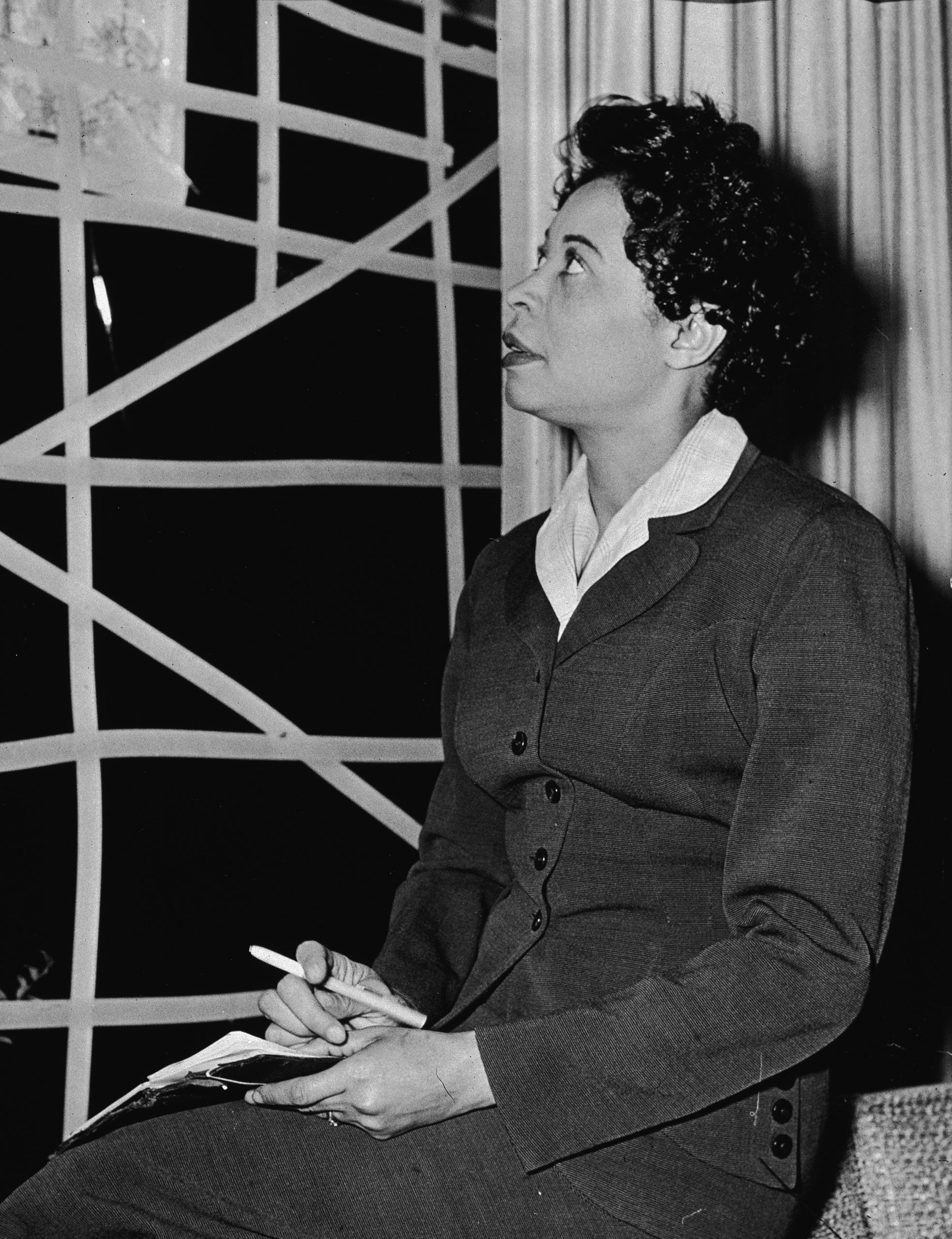
She also describes the retaliation that parts of the African American community exhibited in response to Daisy’s activism, specific struggles that certain members of The Little Rock Nine had to face once they started attending Central High School, and the societal changes that have occurred in Little Rock since the 1950’s. In the course of the interview, Daisy discusses her personal biography, the desegregation process of Central High School, and the methods that white officials used to avoid desegregation in Little Rock. The SOHP Interview with Daisy Bates’ was conducted by Elizabeth Jacoway from Daisy’s home in Little Rock. She became a mentor, friend, and spokesperson for the students as well as a nationally recognized advocate for civil rights. During The Little Rock Nine’s integration process, Daisy’s home served as a safe space for the students to return to at the end of their school days. As they were yelled at and spit on, the US soldiers designated by President Einsenhower to protect the nine brave souls could only do so much as the white students, parents, and individuals from the surrounding community let it be known that they were not welcome.

On September 4th, 1957, Minnijean Brown, Elizabeth Eckford, Ernest Green, Thelma Mothershed, Melba Patillo, Gloria Ray, Terrence Roberts, Jefferson Thomas and Carlotta Walls all walked into Central High School.

In 1957, Daisy advised the nine students selected as the first to attend the all-white Central High School in Little Rock. This role was crucial in making her voice in the fight against segregation known and heard. The paper focused on civil rights and was had significant influence throughout The Little Rock movement.ĭaisy Bates with four members of The Little Rock Nine in front of her home in Little Rock, Arkansasĭaisy became the president of the Arkansas branch of the National Association for the Advancement of Colored People in 1952. The Bates’ operated a weekly African-American newspaper called The Arkansas Press for seventeen years. In 1942, Daisy married LC Bates, the man who would stand by her side throughout periods of unmatched adversity. As a child, Daisy was exposed to immense amounts of turmoil and tragedy when she was left by her father after her mother was raped and killed by a group of white men. Bates was born on November 11th, 1914 in Huttig, Arkansas. This interview offers some insights into the intensity of civil rights organizing and the personal courage and drive necessary in civil rights workers who strive to make change happen.ĭaisy Bates was an American civil rights activist, publisher, and journalist who played a leading role in the Little Rock Integration Crisis of 1957. Below, I highlight an interview conducted with Daisy Bates, a noted journalist and civil rights activist, as she shares her experience with civil rights activism and school desegregation in Little Rock, Arkansas. Many interviews related to the history of school segregation are easily accessible through the Southern Oral History Program archive. Board of Education decision deemed racial segregation in schools as both illegal and evidence of history’s past struggles, it also stands as an effective tool that can be used to support the issue of segregation that continues to infiltrate the nation’s public school system today. In 2015, thousands of parents, teachers, and students rallied in Brooklyn and demanded an end to what they described as “separate and unequal education throughout the New York City school system”.

4 Discrepancies between school systems can be observed all over the map, but especially in New York. Racial segregation has become deeply embedded within the economic infrastructure of communities and has resulted in great disparities between wealthy and poor students as well as white students and children of color. It prepared me, it gave me the strength to carry this out.” – Daisy Bates (1976 SOHP Interview, around 2 minutes)ĭespite the fact that the Supreme Court decision declaring racial segregation in schools to be unconstitutional occurred sixty five years ago, segregation is still an issue in the United States’ public school system today. And I think it started then without my knowing it. finding that out, and nobody did anything about it. “Well, I think I’ve been angry all my life about what has happened to my people.


 0 kommentar(er)
0 kommentar(er)
